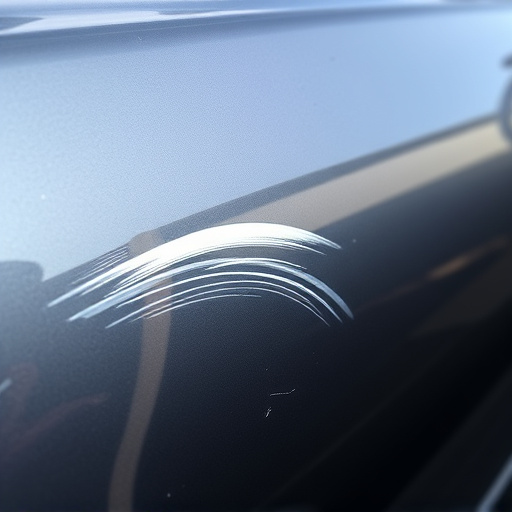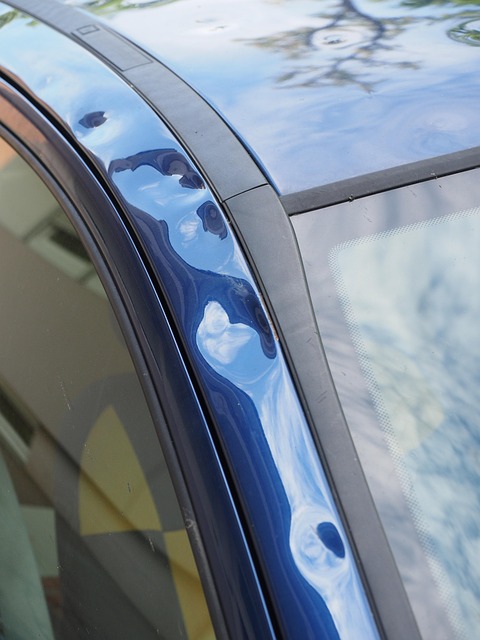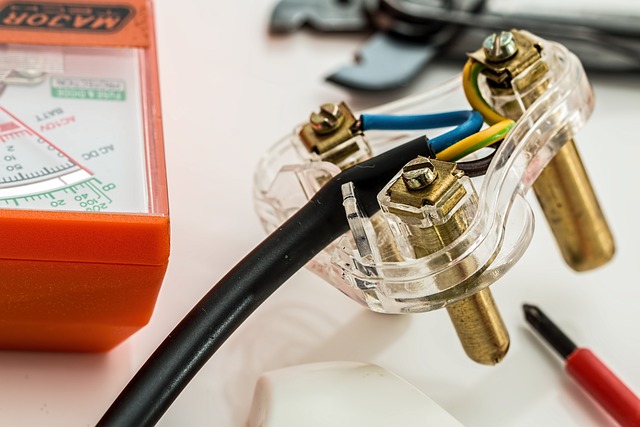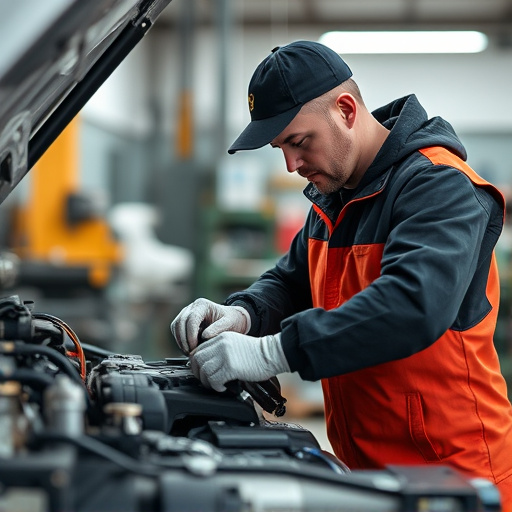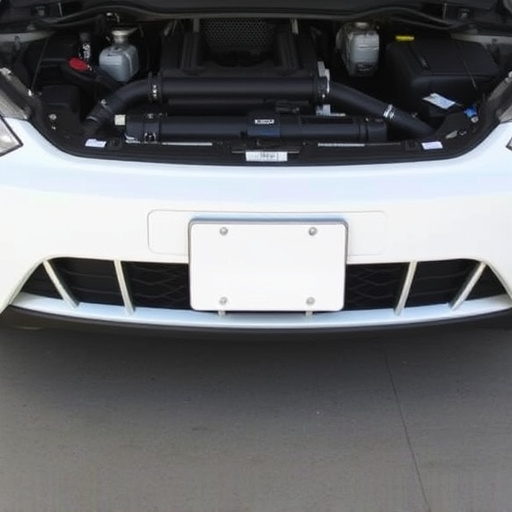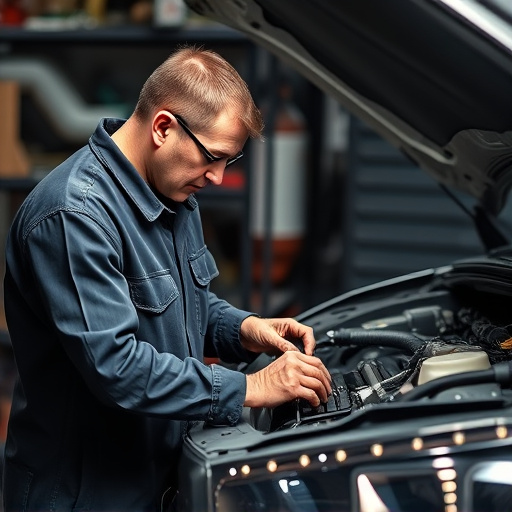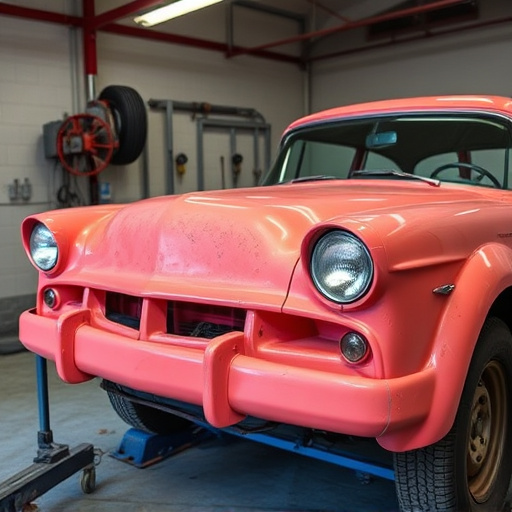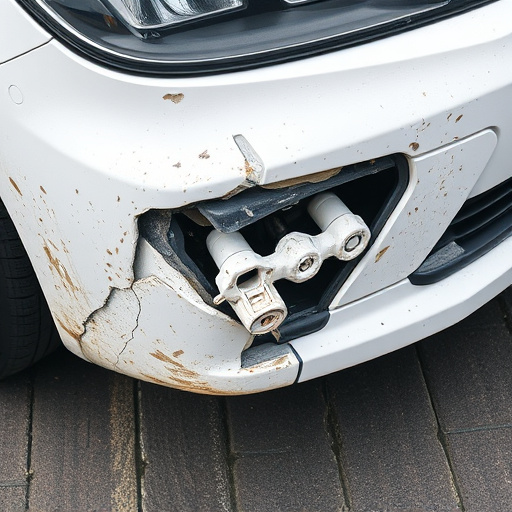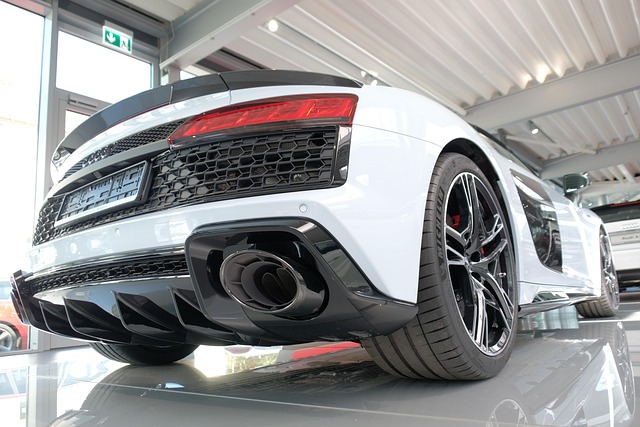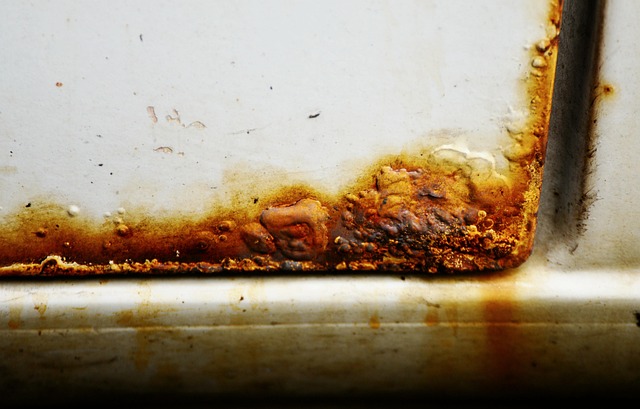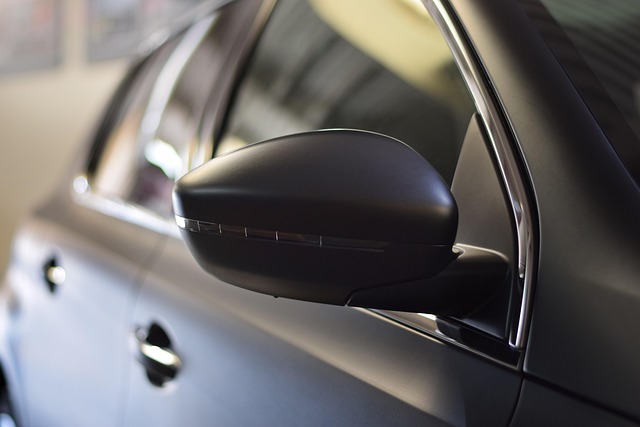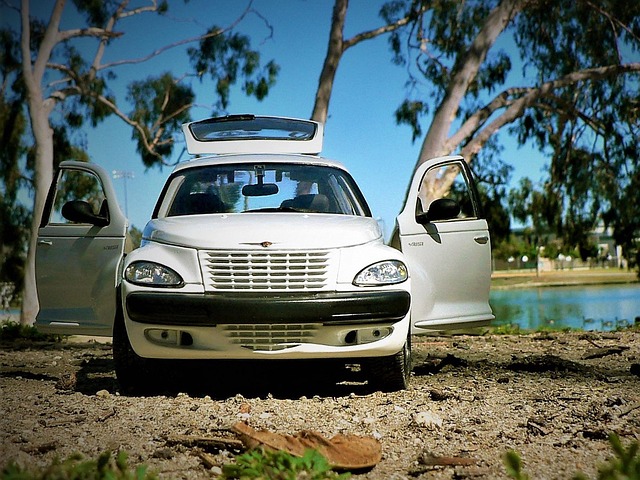Collision frame repair is a meticulous process crucial for structural stability and aesthetic restoration, especially for premium cars like Mercedes Benz. It begins with a thorough assessment using advanced tools to identify damage, followed by cleaning, sanding, and metal straightening. Subsequent steps include dent removal, primer application, and high-quality auto painting. Quality control prioritizes safety through precise measurements, laser alignment, 3D scanning, PPE use, environmental compliance, and structured procedures, ensuring reliable repairs while preserving vehicle integrity.
Collision frame repair is a critical skill in the automotive industry, ensuring vehicles return to safe operating conditions after accidents. This comprehensive guide delves into the best practices for effective collision frame repair work. From understanding collision frame damage and assessment to step-by-step repair techniques and quality control measures, we equip professionals with essential knowledge for optimal results. By adhering to these practices, shops can maintain high standards and restore vehicles to their pre-accident condition.
- Understanding Collision Frame Damage and Assessment
- Step-by-Step Guide to Successful Frame Repair Techniques
- Quality Control and Safety Measures for Optimal Results
Understanding Collision Frame Damage and Assessment
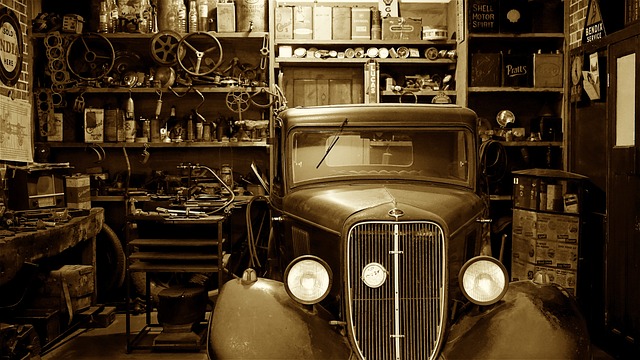
Collision frame damage can vary greatly depending on the type and severity of the collision. Assessing this damage is a crucial step in effective collision frame repair work. It involves thoroughly inspecting the vehicle’s chassis, body panels, and structural components to identify any misalignments, deformations, or breaks.
Proper assessment helps in determining the extent of the repairs needed, from minor car dent repairs to more complex auto maintenance tasks. Using advanced diagnostic tools can aid in detecting even subtle changes in the vehicle’s frame, ensuring that every aspect of the vehicle bodywork is considered during the repair process. This meticulous approach guarantees a safe and structurally sound vehicle after the collision frame repair is complete.
Step-by-Step Guide to Successful Frame Repair Techniques

Effective collision frame repair requires a systematic approach to ensure structural integrity and aesthetic precision. Here’s a step-by-step guide for successful frame repair techniques:
1. Assess the Damage: Begin by thoroughly inspecting the damaged area, identifying crack patterns, deformities, and any misalignments. This step is crucial in determining the extent of the repair needed, from simple straightening to complex replacement. Using specialized tools like laser measuring devices can help capture precise dimensions and ensure accurate repairs.
2. Prepare the Frame: Once damage is identified, prepare the frame for repair. This involves degreasing and cleaning the affected area to remove any contaminants that could hinder bonding. Sanding the surface gently helps create a smooth foundation for priming and painting. In cases of severe damage, metal may need to be cut away and replaced with new sections.
3. Straighten the Frame: Use specialized equipment like hydraulic presses or pneumatic tools to straighten any bent or misaligned metal. This step is vital in maintaining the structural integrity of the vehicle’s chassis. Ensure all components are properly aligned before proceeding to the next phase.
4. Fill and Sand: Apply body filler to repair any dents, scratches, or gouges. Allow it to dry completely, then gently sand the area until it’s smooth. This process creates a seamless surface ready for priming and painting, ensuring that the repaired area matches the rest of the vehicle’s finish.
5. Prime and Paint: Apply a layer of automotive primer to the repaired area, blocking out any remaining metal or filler particles. Once dry, use high-quality auto paint designed specifically for collision repair. This final step not only restores the aesthetic appeal but also protects the frame from future corrosion.
For top-tier collision frame repair, especially on luxury vehicles like Mercedes Benz, following these steps ensures meticulous work that maintains both structural soundness and original appearance. Auto maintenance at this level requires precision, patience, and adherence to manufacturer guidelines.
Quality Control and Safety Measures for Optimal Results
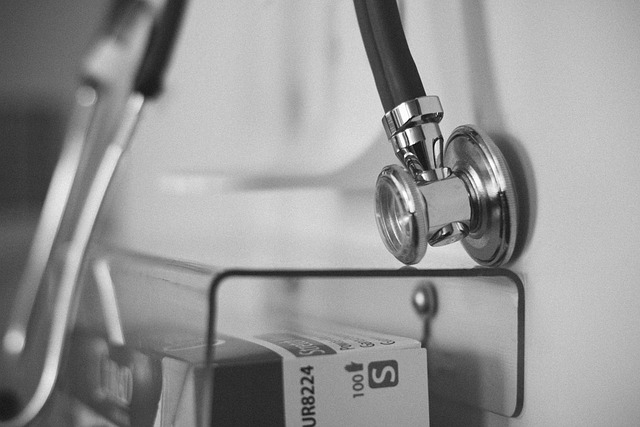
Ensuring quality control and adhering to safety measures are paramount for achieving optimal results in collision frame repair. This involves meticulous inspection and precise measurement to ensure that all components are accurately aligned and restored to their pre-accident condition. Professional auto repair shops employ advanced technologies, such as laser alignment tools and 3D scanning systems, to guarantee exacting standards throughout the repair process.
Safety is paramount in collision frame repair, both for technicians and for the overall integrity of the vehicle. Proper use of personal protective equipment (PPE), adherence to environmental regulations, and implementation of structured safety protocols minimize risks associated with hazardous materials, noise, and other potential dangers common in automotive collision repair, including fender repair. These measures contribute significantly to producing high-quality, safe, and reliable vehicles for customers.
Collision frame repair is a meticulous process that demands precision and expertise. By understanding the extent of damage, adopting systematic repair techniques, and implementing robust quality control measures, professionals can ensure optimal vehicle restoration. These best practices not only guarantee structural integrity but also contribute to safer driving conditions, demonstrating the significance of thorough collision frame repair work.
